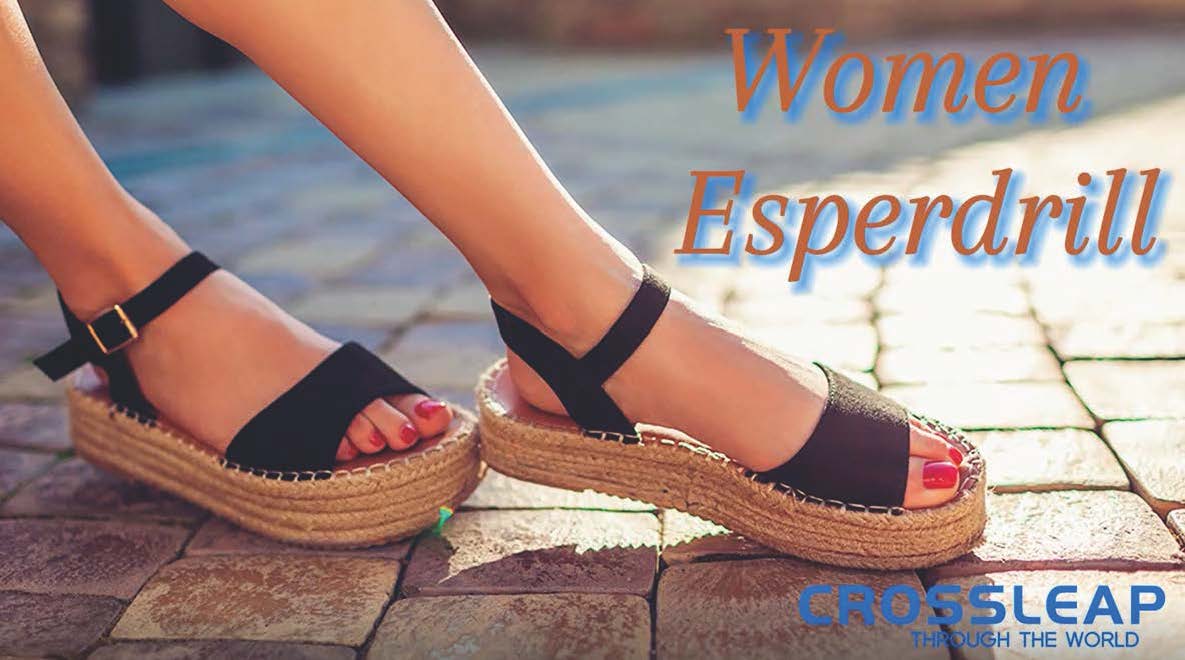Indoor Slippers Gain Popularity as Work-From-Home Essential
In the wake of the global pandemic, many aspects of daily life have been transformed, and one of the most notable changes has been the shift towards remote work. With millions of people now working from home, comfort has become a top priority. One unlikely but significant beneficiary of this shift has been the humble indoor slipper. Once considered a mere accessory for lounging around the house, indoor slippers have now become an essential part of the work-from-home wardrobe.
As more people began setting up home offices and spending extended periods indoors, the demand for comfortable footwear skyrocketed. Traditional office attire has given way to more relaxed and comfortable clothing, with slippers often replacing formal shoes. This shift has not only influenced fashion trends but has also had a notable impact on the footwear industry.
The indoor slipper market has seen a significant boom over the past few years. According to market research, the global slipper market is projected to grow at a compound annual growth rate (CAGR) of 4.2% from 2021 to 2026. This growth is driven by several factors, including the increased time spent at home, rising health consciousness, and the desire for comfort and convenience.
Leading footwear brands have seized this opportunity by expanding their product lines to include a wide variety of indoor slippers. From plush, fur-lined slippers to ergonomic designs with memory foam insoles, there is a slipper to suit every taste and need. Brands like UGG, Crocs, and Birkenstock have all reported increased sales in their indoor slipper categories.
Beyond comfort, there is also a growing awareness of the health benefits associated with wearing indoor slippers. Many people have discovered that wearing supportive slippers can help alleviate common foot problems, such as plantar fasciitis and arch pain. Slippers with proper arch support and cushioning can provide much-needed relief for those who spend long hours on their feet, even at home.
Moreover, indoor slippers can help maintain cleanliness and hygiene within the home. By having designated indoor footwear, individuals can reduce the amount of dirt and germs tracked in from outside, contributing to a healthier living environment.
Indoor slippers have also evolved into a fashion statement. With the rise of video conferencing, individuals have become more conscious of their appearance from the waist up. However, comfort remains a priority for what is worn below the camera line. Stylish indoor slippers, available in various designs and colors, allow individuals to express their personal style while staying comfortable.
Social media platforms have played a significant role in popularizing indoor slippers as a fashion item. Influencers and celebrities have been seen sporting trendy slippers in their posts, further driving demand and setting new trends.
As remote work continues to be a significant part of the modern work culture, the popularity of indoor slippers is unlikely to wane. Companies are now investing in research and development to create innovative slipper designs that offer both comfort and style. Features such as temperature regulation, moisture-wicking materials, and customizable fits are being explored to meet the evolving needs of consumers.
In addition to technological advancements, sustainability is becoming a key focus in the footwear industry. Eco-friendly materials and ethical production practices are gaining importance, and brands are responding by introducing sustainable slipper options.
The rise of indoor slippers as a work-from-home essential reflects the broader shift towards comfort and well-being in daily life. As people continue to adapt to new ways of working and living, the demand for comfortable, stylish, and health-conscious footwear is expected to grow. The humble indoor slipper, once an overlooked item, has now taken center stage, proving that even the smallest comforts can make a significant difference in our daily routines.










